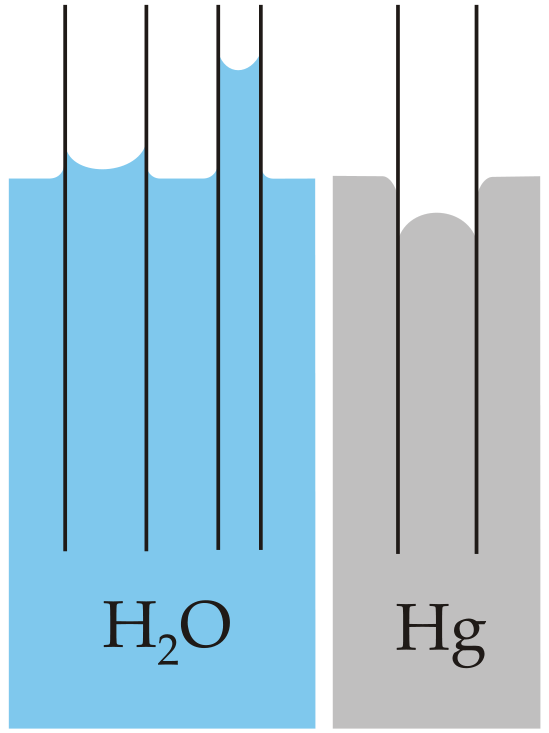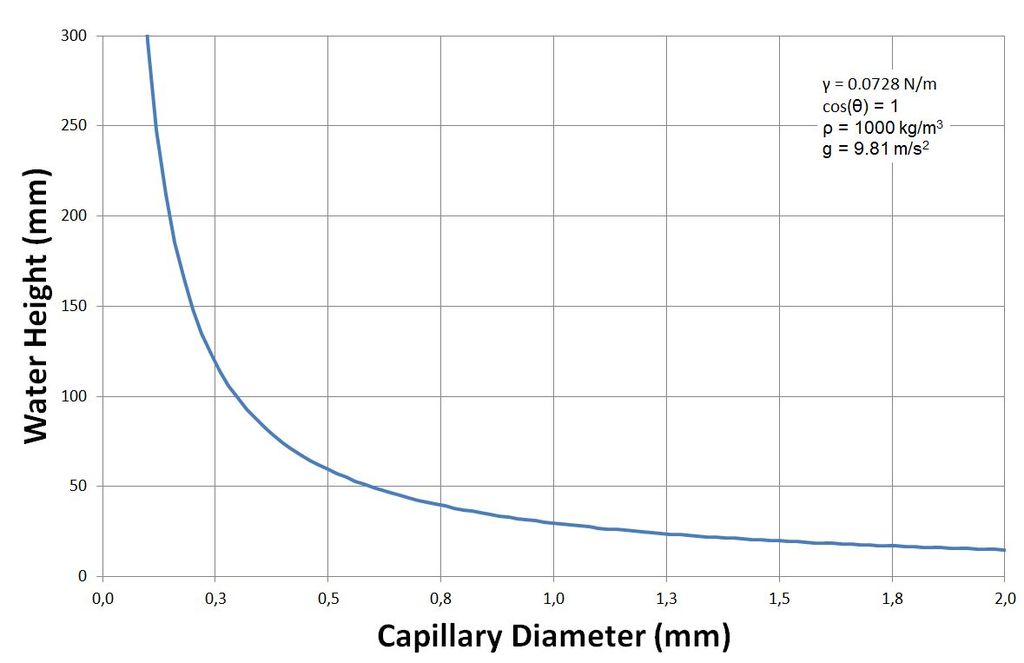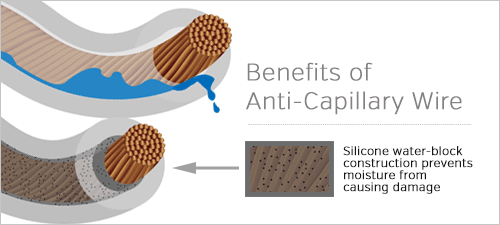bowlofsalad
100 kW
Emmett said:Don't know what you mean about "lots of water getting in".
Lets say the worst case scenario is that it's a rainy day and your bike is parked outside. That gap where the oil is getting out very well may let water in, this could be a little or a lot of water depending on many things. Thermal expansion creates a positive pressure inside of the motor which likely has a lot to do with the volume of oil you see coming through the bearing race gap, it works the same way when the motor cools down, so the motor will sort of continually 'breathe'. Even if it's just humidity in the air, or drops of water from a rain storm, oil slowly gets pushed out and water might slowly get sucked in. In my mind, the best thing to do is to have the axle as the point for breathing, much less oil will get to there with the right amount of oil, and the slotted axle probably isn't going to be anywhere near as exposed to things like rain. This might be a good time to mention drip loops.
Plenty of the reason why we would use seals instead of shields is to keep splash and rain water/dirt out and lubrication in, having a sizable gap around the races pretty well defeats the seal. The water may emulsify (mix) with the oil and degrade it, some feel it may evaporate, but it's likely dependent on the addatives in the oil, some oils won't mix with water, I don't know what would happen with castor oil, but in any case, it isn't ideal to have the oil mixed with water. You are far better off then leaving your motor bare, of course.
https://www.youtube.com/watch?v=gwlbAJLzI_w This is the video I mentioned, by the way, if anyone is curious.
Rather than making another post, I'll just tack this on here.
liveforphysics said:It does matter which ATF gets used, but not for conductivity reasons.
It's because the detergents lead to foaming in high speed operation, which leads it to building pressure and forcing out the bearings or wherever it can, along with the foam not doing as good of job as oil for cooling.
Thinest non-detergent ATF if your winner. I know this one doesn't foam even with 7,000rpm rotors spinning in it:
http://www.redlineoil.com/product.aspx?pid=137&pcid=9
I did some searching in both search engines and keywords on various pages for things ATF related to detergent and foaming but didn't find anything that really told a story on how to tell which have detergents and which do not, how do you tell?
How were you able to determine that there was no foaming? My guess was either you performed a simple experiment in a bucket with a mixer, or you looked inside a motor after running it, my speculation is worth nothing to your experience.
Thanks





